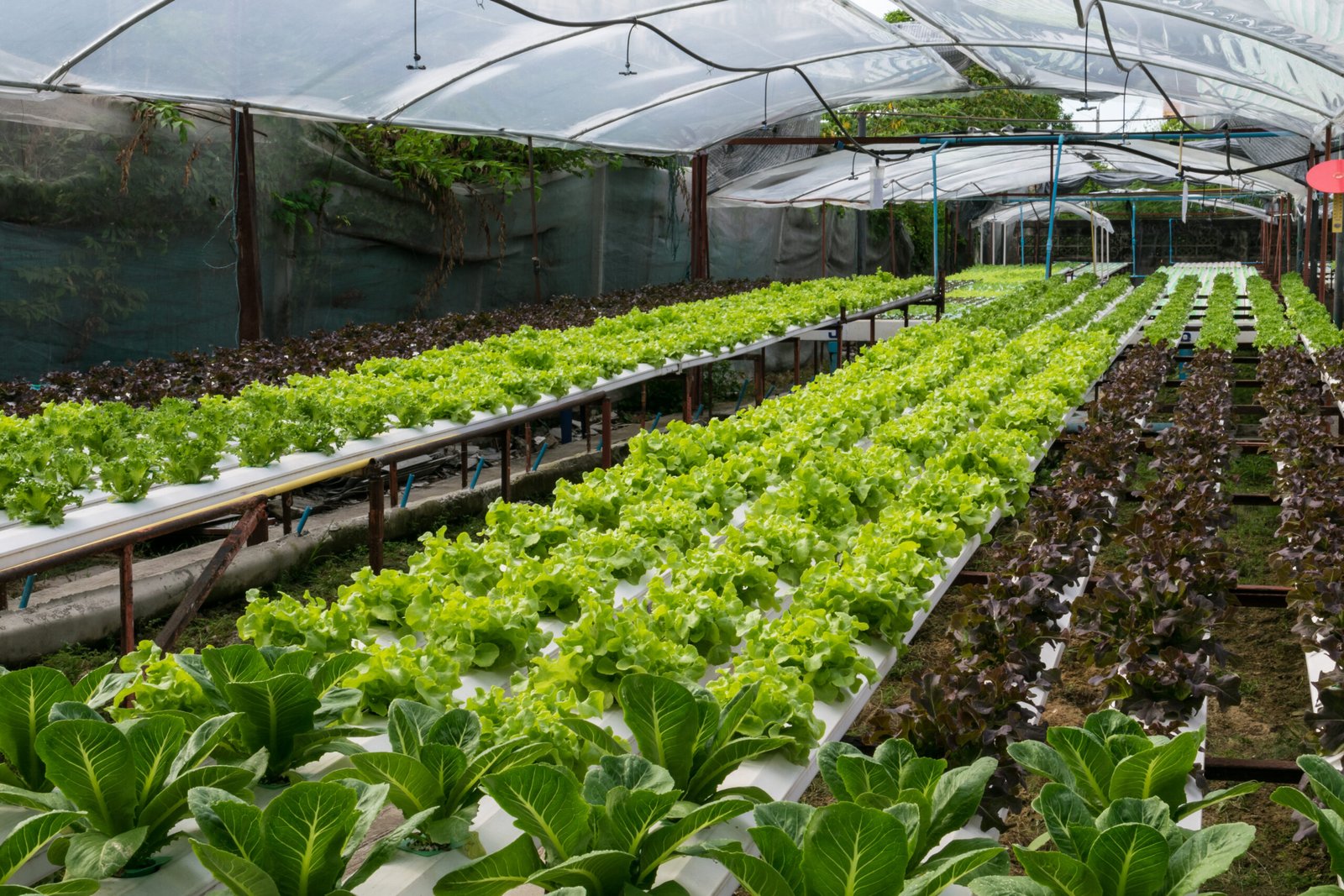Introduction:
Hydroponic farming has witnessed remarkable growth in India over the past decade, with numerous polyhouse structures dedicated to soil-less cultivation dotting the landscape. While this innovative method of farming has yielded impressive results, maintaining farm hygiene remains a critical aspect often overlooked by growers. In this comprehensive guide, we delve into the importance of farm hygiene and outline 21 best practices to ensure cleanliness and productivity in hydroponic greenhouses.
Importance of Farm Hygiene:
Hydroponic farm owners invest substantial resources in setting up their operations, from procuring seedlings to initiating equipment. The expectation of bumper crop growth and increased profitability drives these investments. However, overlooking farm hygiene can lead to significant setbacks, jeopardizing productivity and profitability. Here are seven compelling reasons highlighting the importance of farm hygiene:
- Pests & Diseases: Common culprits like bugs, insects, and pathogens pose significant threats to crop health and yield.
- Impact on Profitability: Poor hygiene directly impacts productivity and profitability, leading to financial losses.
- Increase in Expenditure: Combatting pest infestations and diseases incurs additional expenses on pesticides, impacting long-term profits.
- Weeds as Disease Hosts: Weeds act as hosts for pests and diseases, serving as breeding grounds for pathogens.
- Crop Debris Contamination: Discarded plant material harbors pests and diseases, posing contamination risks to healthy crops.
- Soil & Dirt Pathogens: Dust and dirt carry disease-causing pathogens, potentially infecting plants and hindering growth.
- Rainwater Contamination: Rainwater can carry diseases, necessitating preventive measures to safeguard crops.
With these challenges in mind, implementing rigorous farm hygiene practices is essential for maximizing yield and ensuring sustainable growth in hydroponic agriculture.
21 Guidelines for Good Farm Hygiene:
- Assign Responsibility for Reporting: Designate personnel responsible for daily upkeep and cleaning tasks, ensuring accountability and adherence to hygiene protocols.
- Check New Seedlings: Thoroughly assess seedlings before planting to prevent introducing pests and diseases into the greenhouse.
- Remove Crop Debris: Regularly discard old plants, foliage, and infected plant material to eliminate potential breeding grounds for pests and diseases.
- Pluck Weeds: Maintain a weed-free environment around the greenhouse to prevent weed proliferation and minimize pest habitats.
- Establish Buffer Areas: Maintain a buffer zone around the greenhouse to prevent weed growth and minimize pest infiltration.
- Use Sharp Tools: Utilize sharp tools for pruning and remove infected plant parts, ensuring minimal damage and disease spread.
- Disinfect Tools: Clean and disinfect tools regularly to prevent cross-contamination and maintain tool efficacy.
- Disinfect Water: Treat water with disinfectants to eliminate pathogens and ensure optimal nutrient delivery to plants.
- Clean Structural Fittings: Regularly clean structural fittings to remove pest hiding spots and minimize contamination risks.
- Maintain Floor Coverings: Sweep and wash floor coverings regularly to prevent dust accumulation and pest breeding.
- Empty Bins Daily: Empty waste bins daily to prevent pest infestation and maintain a clean environment.
- Ensure Worker Hygiene: Enforce strict hygiene protocols for workers, including clean clothing, disposable gloves, and handwashing.
- Discard Diseased Foliage: Remove diseased foliage promptly to prevent disease spread and safeguard plant health.
- Prune Regularly: Prune plants to maintain airflow and remove diseased or unmarketable parts, promoting healthy growth.
- Install Temperature & Humidity Sensors: Monitor temperature and humidity levels to create optimal growing conditions and prevent disease outbreaks.
- Ensure Good Air Circulation: Install windbreaks and venting screens to maintain proper airflow and minimize pest infestation.
- Use Sticky Traps: Deploy sticky traps to monitor pest activity and capture flying insects, preventing infestations.
- Follow Work Order Plan: Prioritize cleaning tasks based on crop condition, starting with the cleanest and youngest crops to minimize disease spread.
- Perform Routine Checks: Conduct routine inspections for pests, diseases, and abnormal plant growth to detect issues early and prevent escalation.
- Early Detection: Vigilantly monitor for signs of pests and diseases, as early detection is crucial for effective management and mitigation.
- Continuous Improvement: Embrace a culture of continuous improvement, soliciting feedback and refining hygiene practices to optimize farm productivity.
By implementing these guidelines, hydroponic farm owners can ensure optimal farm hygiene, minimize disease risks, and maximize crop yield and profitability. Adopting a proactive approach to cleanliness and maintenance is key to sustaining success in hydroponic agriculture.
At Jyoti Hydroponics, we are committed to supporting growers in their quest for excellence. For further assistance or inquiries, please don’t hesitate to reach out to us. Together, let’s cultivate a cleaner, healthier future through hydroponic farming.





0 Comments